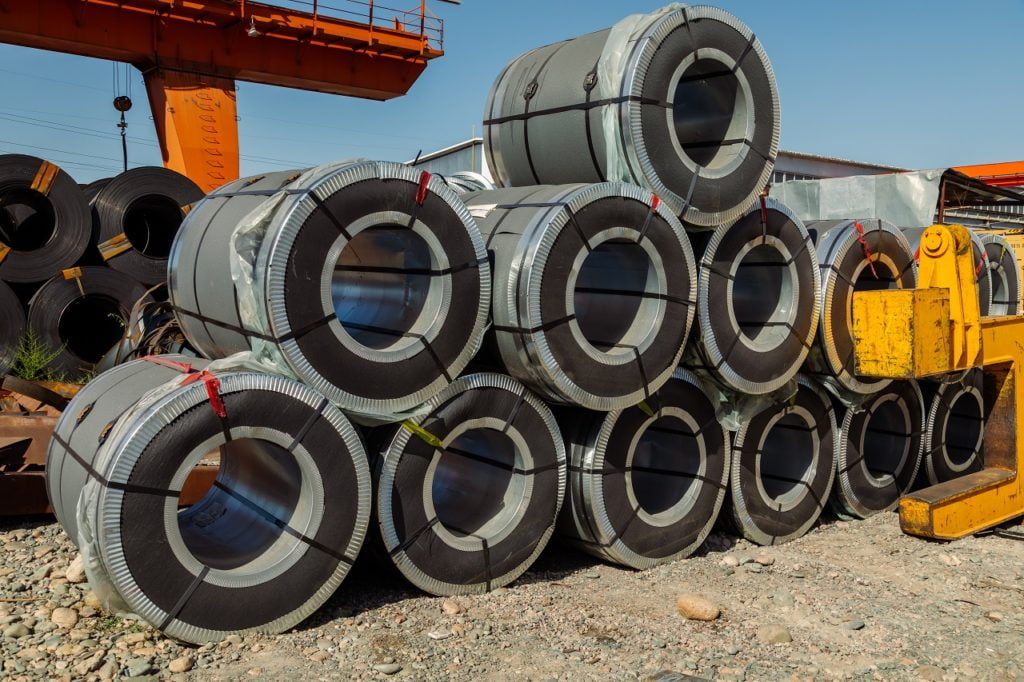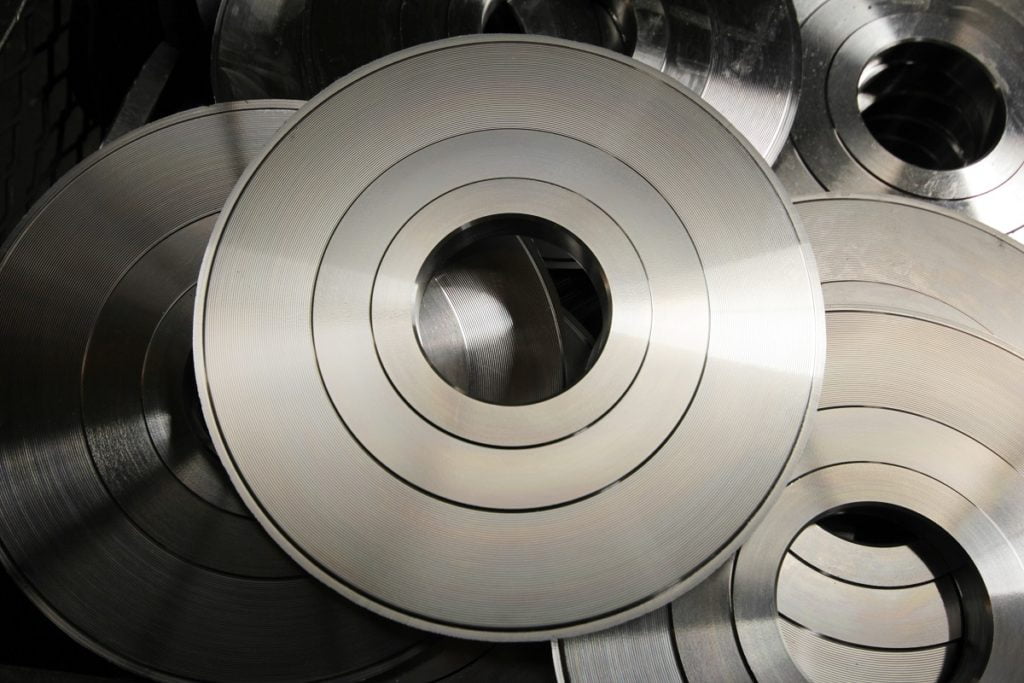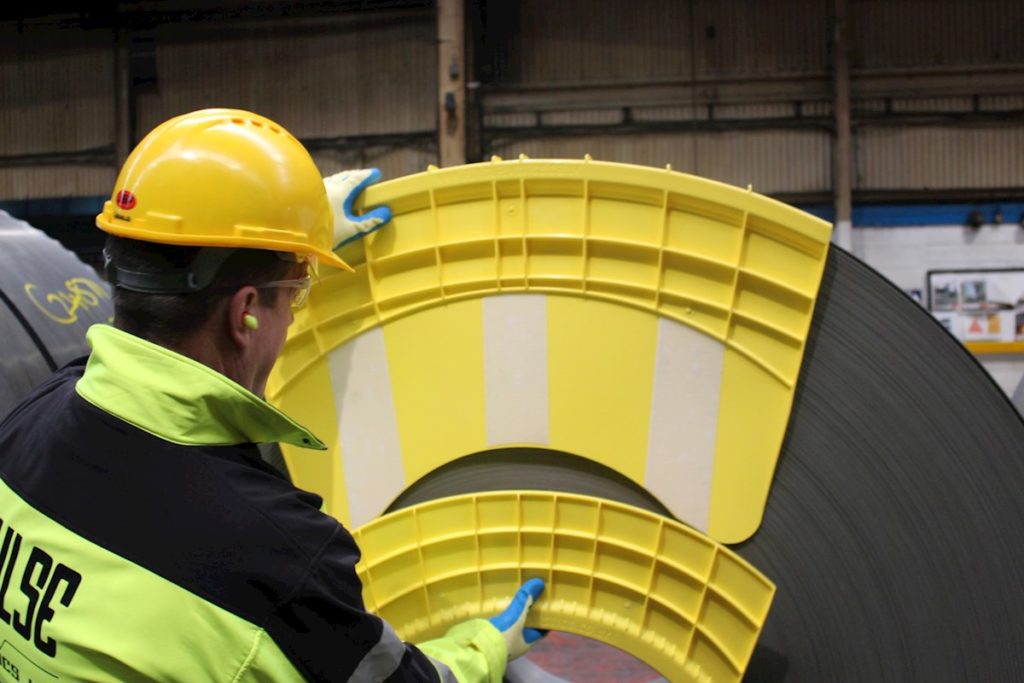The transportation of steel coils is a complex process that requires careful planning and execution. These coils are transported worldwide via ships, and the shipping industry plays a critical role in ensuring that the coils reach their destination safely and on time.
Hence, loading these coils on ships requires careful planning and execution. The following article will discuss the best steel coil protection practices on ships, ensuring safe transportation and delivery.
Ensure That the Vessel Can Accommodate the Cargo
The vessel’s capacity is the first consideration when loading coils onto a ship. This includes the physical onboard space and the weight-bearing capacity of the ship’s hull and deck.
Coils are typically loaded onto the ship using cranes or other heavy lifting equipment, and you must ensure that the ship’s equipment can safely handle the weight and dimensions of the coils. You can also consult with the ship’s captain and the port authority to ensure the vessel is suitable for carrying the steel coils.
Prepare the Steel Coils for Loading
Steel coils must be packaged and secured to withstand the rigours of transportation. This involves wrapping the coils in protective material, such as plastic or paper, and securing them with steel bands. The bands should be tightened to prevent the coils from shifting during transport.
Remember, steel coils come in different sizes and weights. Therefore, you should determine the weight and size of each coil before loading. This information is essential for calculating the maximum number of coils loaded on the ship and where they can be placed.
Distribute the Weight Evenly throughout the Vessel
Steel coils can vary in weight and size, so they must be dispersed throughout the vessel to ensure stability. Heavy coils should be placed on the bottom of the stack, while lighter coils should be placed on top. This arrangement will prevent the vessel from listing or capsizing during transport.
Assess the Ship’s Route and the Weather Conditions during Transportation
The ship’s captain should know the route and expected weather to secure the cargo properly. This prevents the steel coils from shifting during rough seas, which can lead to damage or even cargo loss.
One way to determine the ship’s route and weather is to use advanced weather forecasting tools. These tools can help predict wind speed, wave height, and other critical factors affecting the vessel’s stability.
Mark and Label the Cargo
Each coil should be labelled with its weight, size, and destination. This helps the crew identify the coils quickly and ensures they are delivered to the correct destination.
Dispose of the Packaging Material Properly
The plastic or paper wrapping used to protect the coils should be recycled or disposed of through plastic reprocessing. This process converts plastic waste into new materials, reducing plastic waste in landfills.
Final Thoughts
Loading steel coils on ships requires careful planning and execution. By following these best practices, we can ensure the safe transportation and delivery of steel coils worldwide.
So if you are transporting steel coils, follow these guidelines to minimise the risk of accidents and ensure the safety of your crew and cargo. Remember, safety should always be the top priority in any transportation operation.
Join the sustainability revolution with Pulse Plastics! Our plastic reprocessing and coil protection services provide a cost-effective, eco-friendly solution for your business waste and transport needs.
Contact us today to learn how we can help you reduce your carbon footprint and support a greener future.


